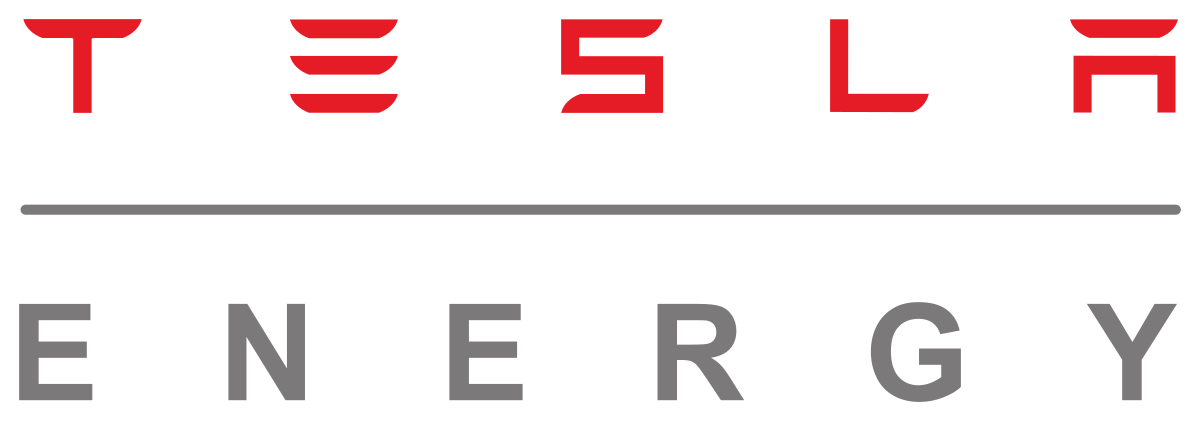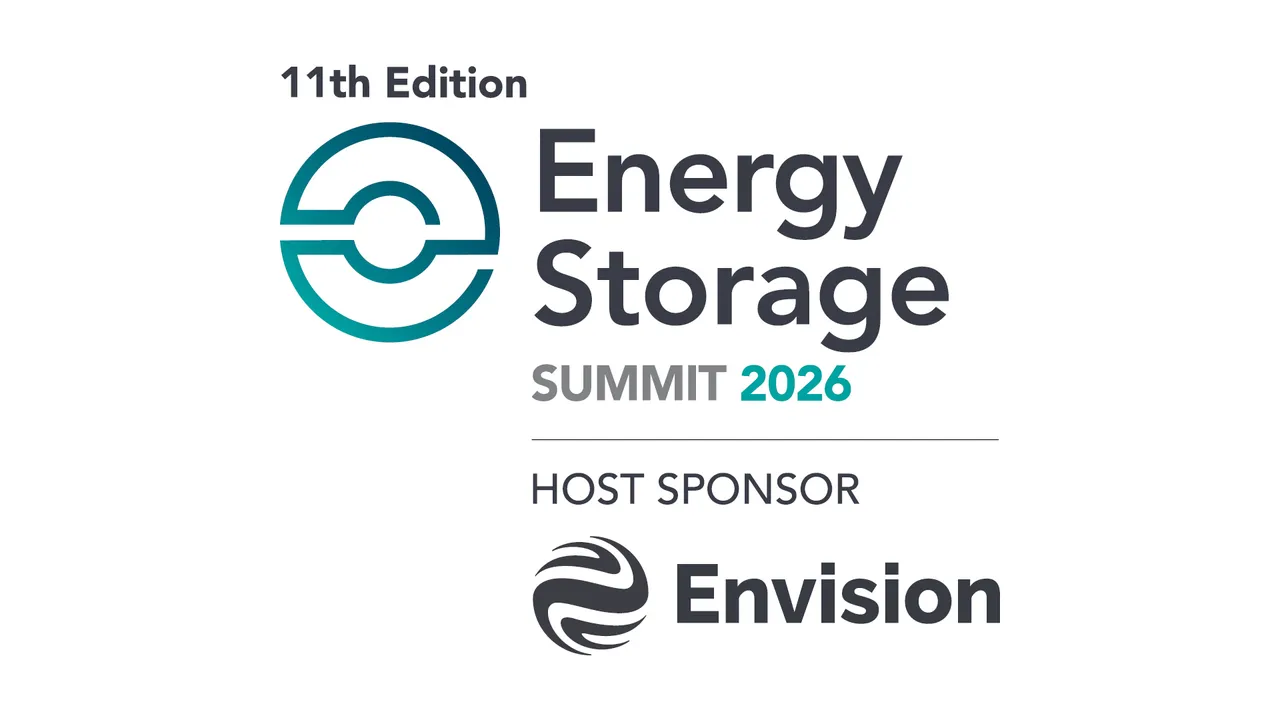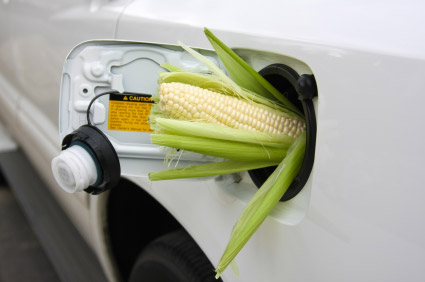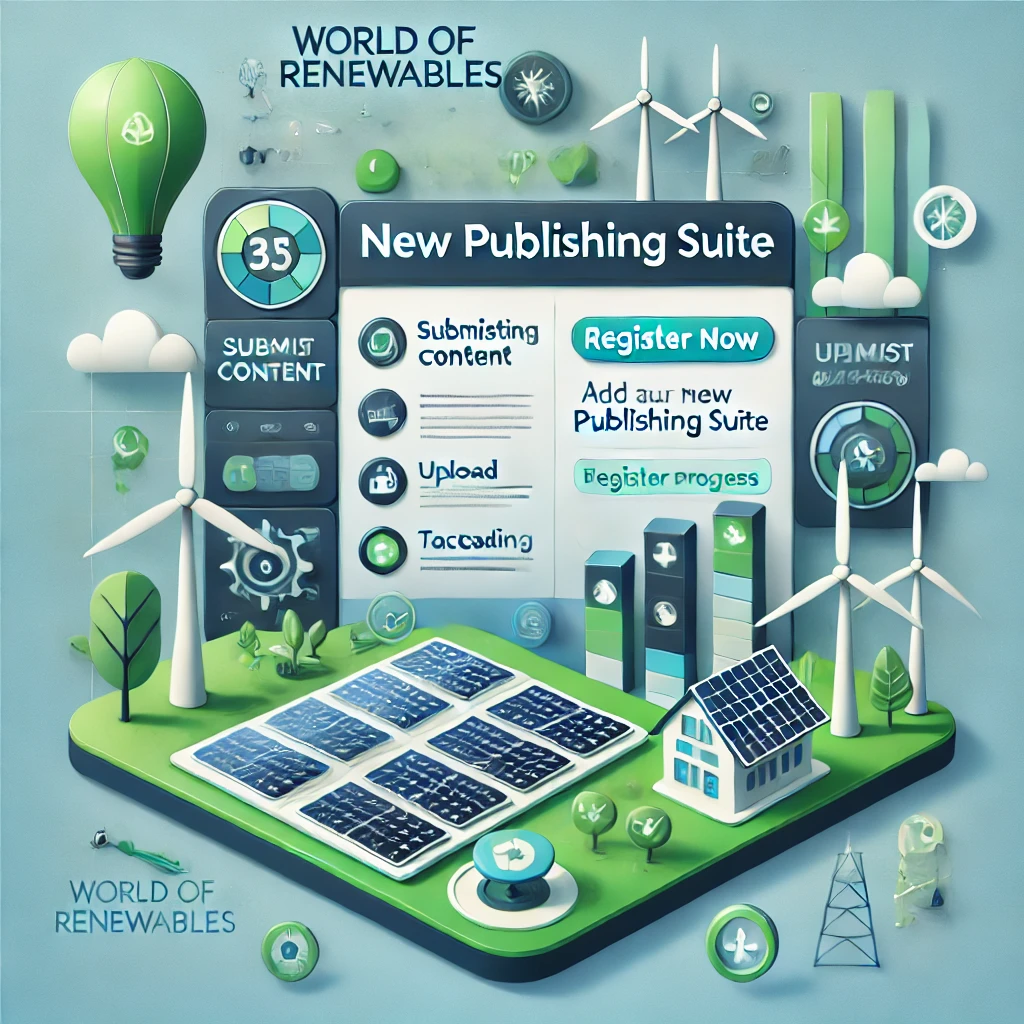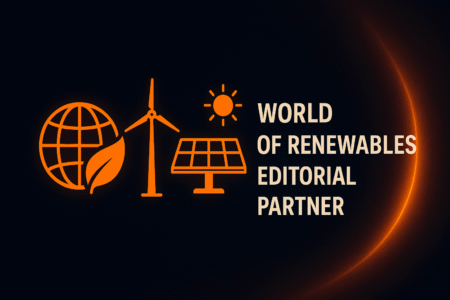A few months ago, I gave a speech at a biofuels conference on the EU’s participation in financing and developing pilot-scale and demonstration-scale next-generation production plants
My presentation was rather short because there is not much to tell. It seems that, in terms of public and private investments, the EU is light-years behind the U.S.
With the Energy Independence and Security Act in force, the U.S. is spending hundreds of millions of dollars annually to promote what I refer to as Biofuels 2.0. The blender’s tax credit, the Biomass Crop Assistance Program, the bioenergy program and funding from the Recovery Act also contribute to one common goal: commercializing Biofuels 2.0 by 2012. We do not know yet if it will happen, but the vast amount of concrete support offered through these incentives make it more likely. The present picture in the EU, however, is somewhat different.
There are approximately 20 lignocellulose projects in development or under construction in the U.S. By contrast, there are five or six such projects in the EU and none are very ambitious in production volume. Some are financed by the EU under the research and development framework program, others by individual EU member states or even as the result of a combination of public-private investments. There are three demonstration-scale cellulosic ethanol plants operating, with a total installed production capacity of 25 MMly.
